This post may contain affiliate links. For more information, please see our affiliate policy.
This Buttercream Frosting is my go-to when I want an easy, fluffy vanilla frosting that tastes incredible. This recipe makes enough for one sheet cake, one 9-inch layer cake, or at least 2 dozen cupcakes.
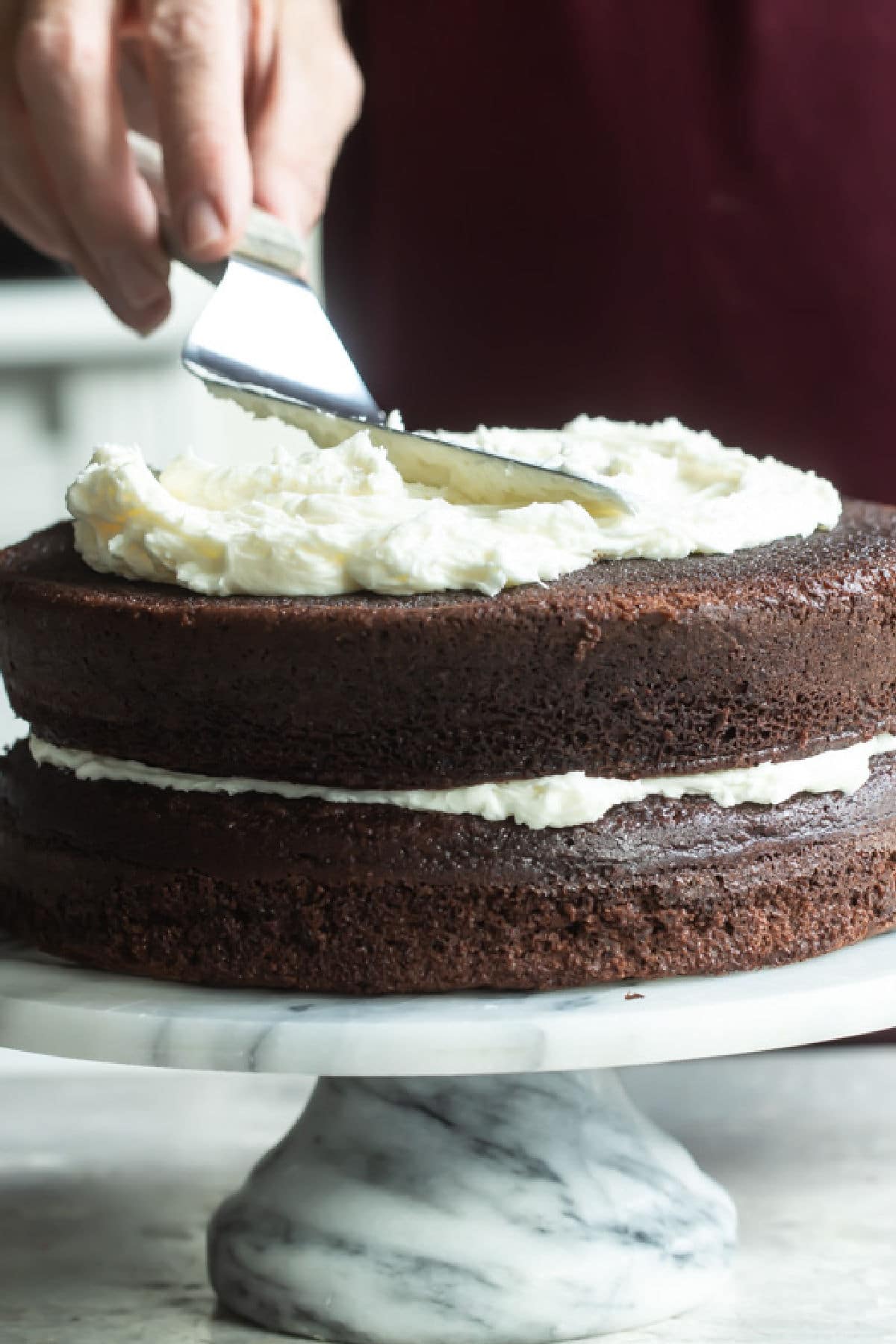
There’s an old saying: “Too much of a good thing can be wonderful.” I’m pretty sure they were talking about American buttercream.
It’s not difficult to make, (no cooking required) but it is indulgent. It spreads and slathers like a dream, can be flavored in a hundred different ways, and is perfect for piping into beautiful designs.
Table of Contents
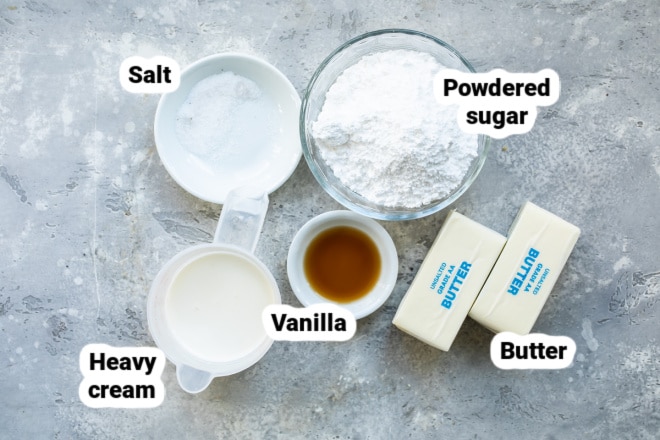
At a Glance: Here is a quick snapshot of what ingredients are in this recipe.
Please see the recipe card below for specific quantities.
Ingredient notes:
- Butter: Cold butter usually softens up in about 30 minutes when left out at room temperature (much longer if frozen). To soften butter in the microwave, cut each stick of butter in half, unwrap, and place on a microwave safe plate. Then cook the butter at 10% power (that’s ten percent!) for 1 minute. Afterwards, gently press on the butter with your finger. If still too firm, cook for another 40 seconds at 10% power.
- Vanilla extract: You can make your own vanilla if you want to.
Step-by-step instructions:
- Using an electric mixer with the paddle attachment, cream the butter on medium-high speed until fluffy, at least 3 minutes. Don’t rush this step; you want to incorporate lots of air into the butter.
- Then turn the mixer speed down to low and add 4 cups of the powdered sugar, cream, vanilla, and salt. Continue to beat until the frosting is smooth, about 2 to 3 minutes.
- Once the frosting is smooth, take a look at it. If it’s too thin for your needs, add more powdered sugar, 2 tablespoons at a time, mixing between additions until it’s thick enough for you. If the frosting is too thick, add a splash of cream (or milk) and mix.
Recipe tips and variations:
- Yield: This recipe makes about 7 cups, enough for a 9-inch layer cake (with frosting in-between the layers) or at least 2 dozen cupcakes or one sheet cake.
- Storage: If you plan on frosting a cake soon after making the frosting, keep it out at room temperature. Otherwise, pop it into the fridge and let it come to room temperature before you use it.
- Serving: Always serve anything with buttercream at room temperature for the best texture. Biting into cold buttercream won’t be a great experience; it will leave a greasy film in your mouth.
- Make ahead: Make up to 3 days ahead of time. Cover the bowl and refrigerate. When ready to use, let the frosting come to room temperature then beat to fluff it up, adding a splash of cream if necessary.
- Extra-white frosting: If you want a sparklingly white buttercream, search out a clear vanilla extract that won’t add a tint to the frosting.
- Chocolate buttercream: Sift cocoa powder into the buttercream as it is beating until it’s chocolatey enough for you.
- Other flavors: This frosting is a blank canvas for flavor. Instead of vanilla, you can flavor the buttercream with peppermint extract, orange extract or orange zest (or both), or with espresso powder for coffee buttercream.
- Colors: Add a drop or two of food coloring to the frosting, beating in-between additions before adding more. Be careful not to tint it too much, because you can’t go back.
- Adding sprinkles: Any decorations (dragees, sprinkles, chocolate curls, etc) should be applied immediately after the frosting is piped or spread onto the dessert, so they stick better. This frosting forms a slight crust on the surface after a while.
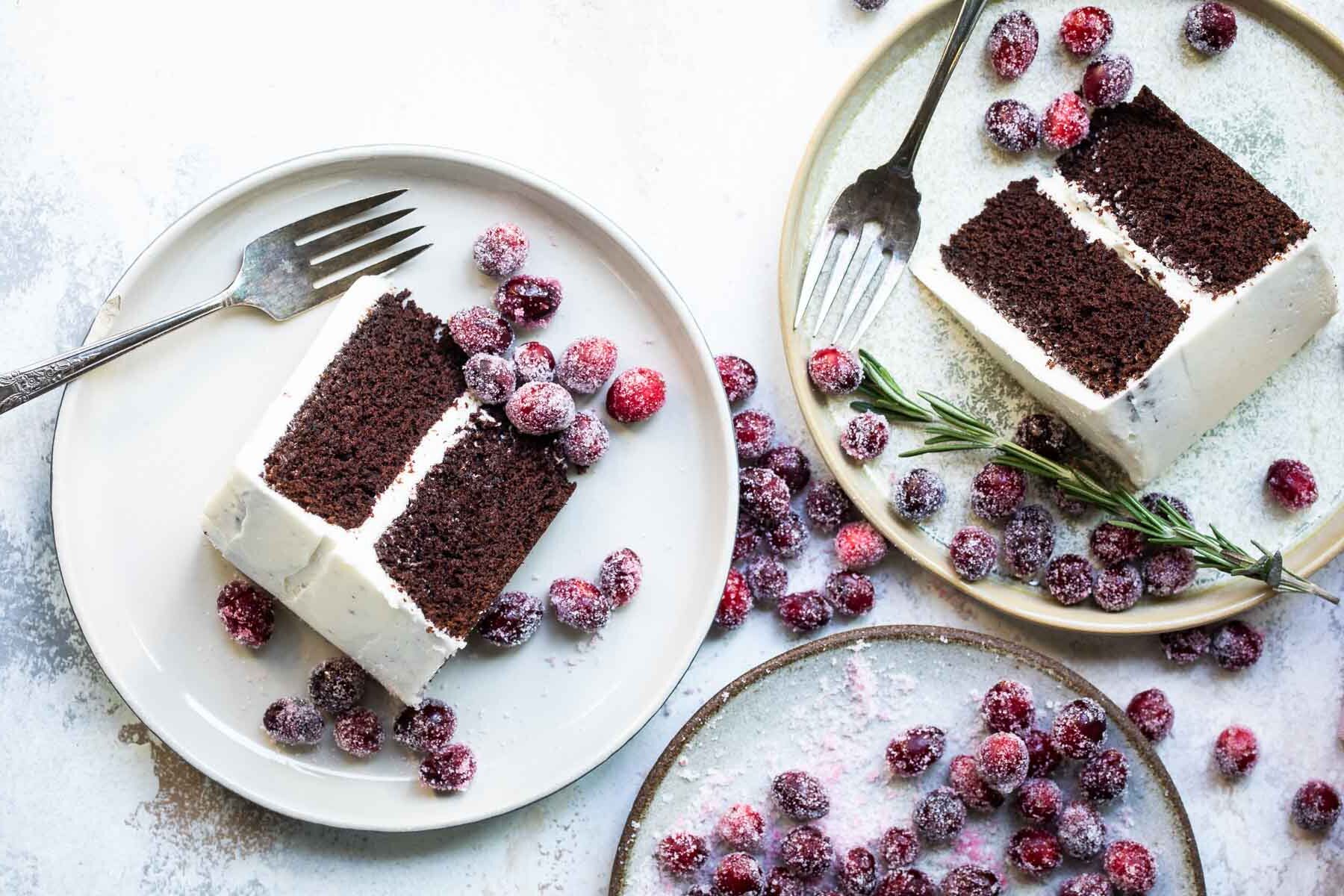
Try Buttercream Frosting on These Favorites
Cake Recipes
Danish Layer Cake (Dansk Lagekage)
Cake Recipes
Cranberry Wreath Cake
Cookie Recipes
Red Velvet Cookies
Join Us
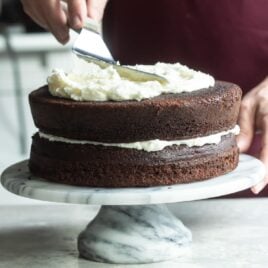
Buttercream Frosting
Ingredients
- 1 cup butter softened (2 sticks, see note 1)
- 4 to 5 cups powdered sugar
- 2 teaspoons vanilla extract (see note 2)
- 1/4 cup heavy cream
- pinch salt optional
Instructions
- In a standing mixer fit with the paddle attachment on medium-high speed, cream butter until pale and fluffy, about 3 minutes.
- Reduce mixer speed to low. Add 4 cups powdered sugar, cream, vanilla, and salt (if using). Continue mixing 2 to 3 minutes longer. If the frosting seems too soft, add the remaining powdered sugar 2 tablespoons at a time.
- Cover and refrigerate the frosting until ready for use.
Notes
- Butter: Cold butter usually softens up in about 30 minutes when left out at room temperature (much longer if frozen). To soften butter in the microwave, cut each stick of butter in half, unwrap, and place on a microwave-safe plate. Then cook the butter at 10% power (that’s ten percent!) for 1 minute. Afterward, gently press on the butter with your finger. If it’s still too firm, cook for another 40 seconds at 10% power.
- Vanilla extract: You can make your own vanilla if you want to.
- Yield: This recipe makes about 7 cups, enough for a 9-inch layer cake (with frosting in-between the layers) or at least 2 dozen cupcakes or one sheet cake.
- Storage: If you plan on frosting a cake soon after making the frosting, keep it out at room temperature. Otherwise, pop it into the fridge and let it come to room temperature before you use it.
Nutrition
Meggan Hill is a classically-trained chef and professional writer. Her meticulously-tested recipes and detailed tutorials bring confidence and success to home cooks everywhere. Meggan has been featured on NPR, HuffPost, FoxNews, LA Times, and more.
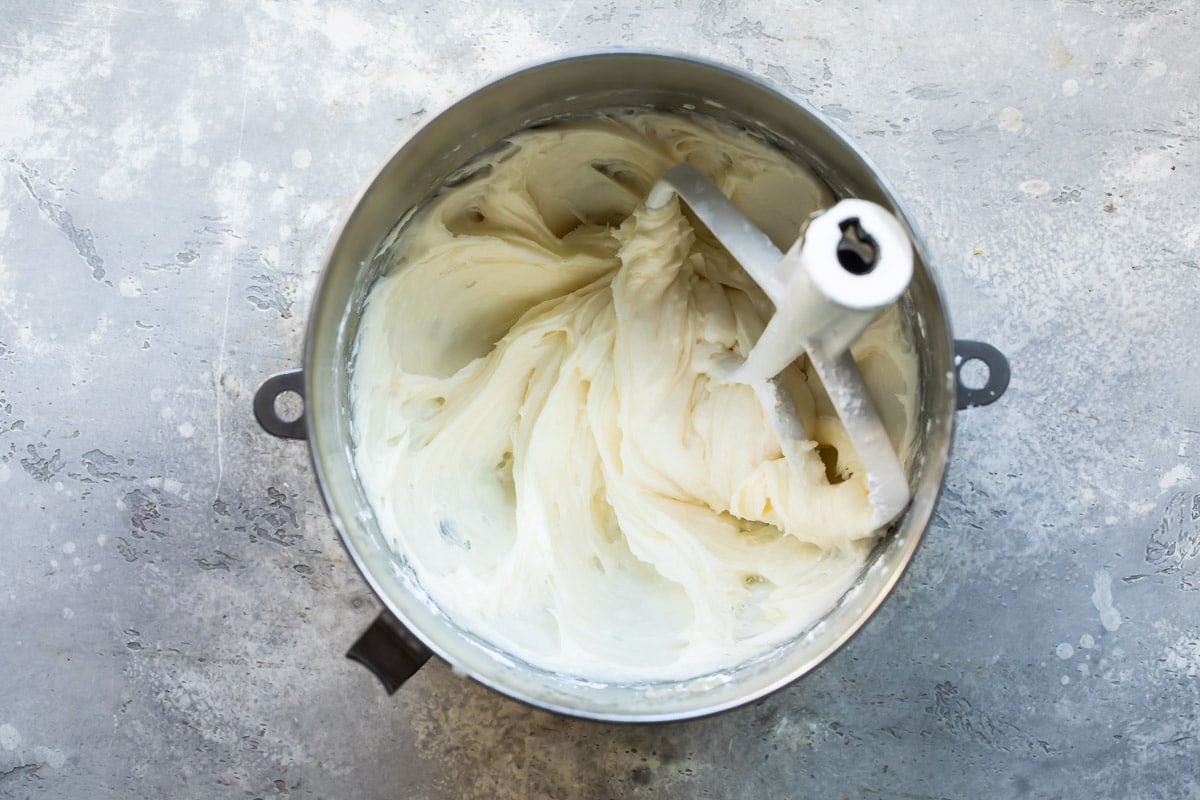
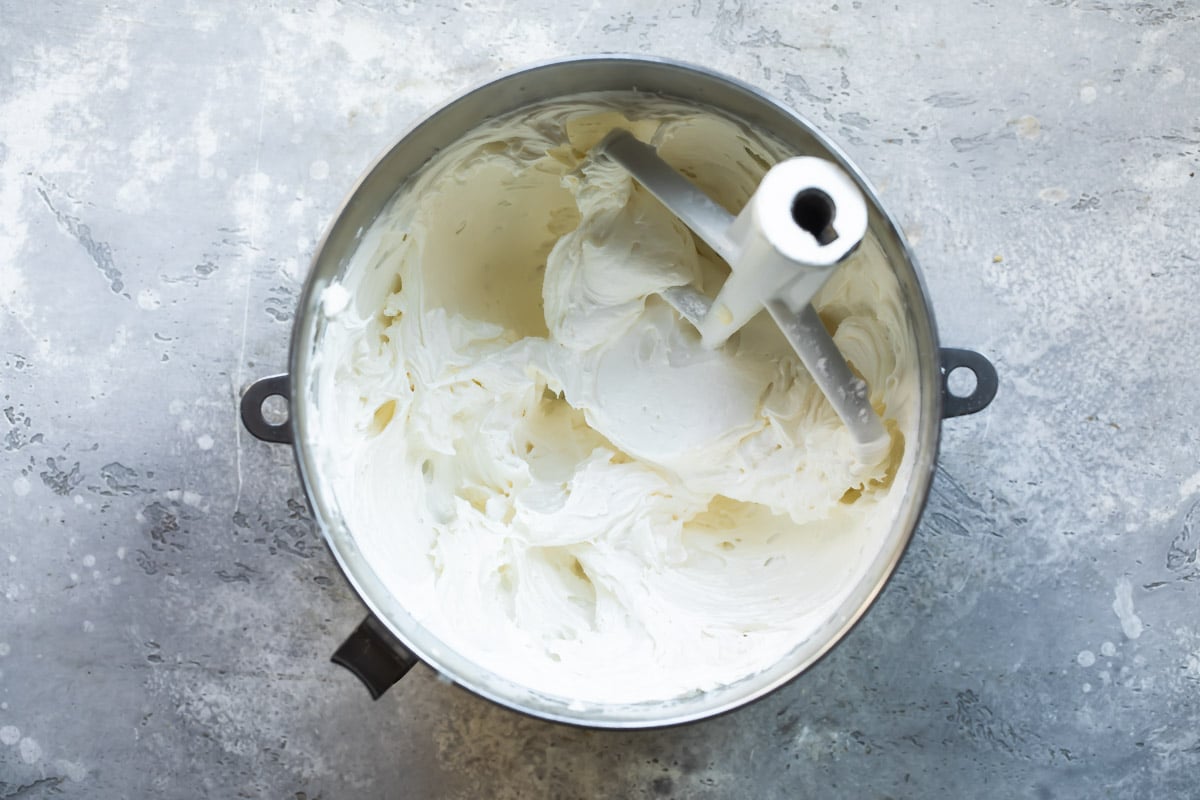
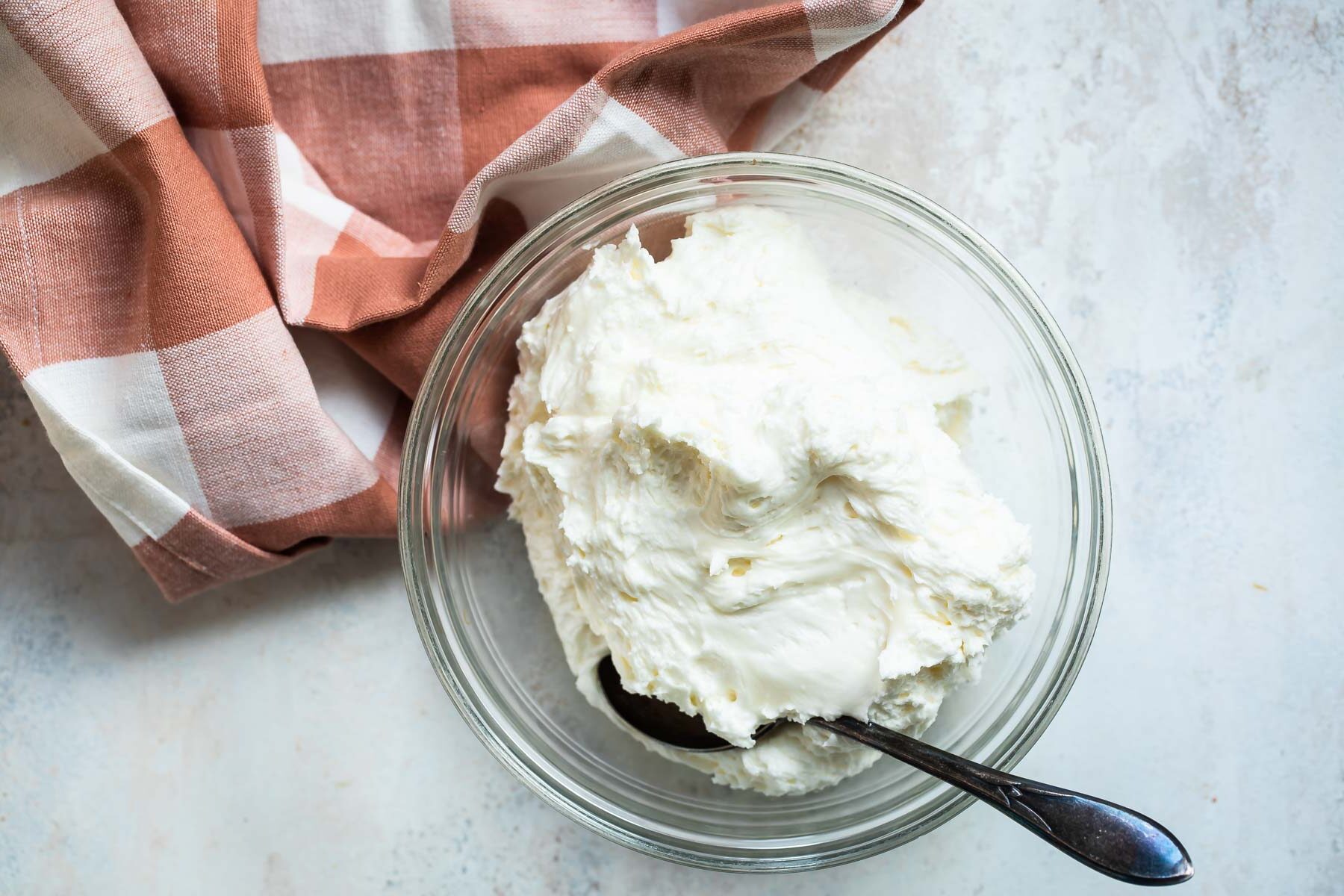
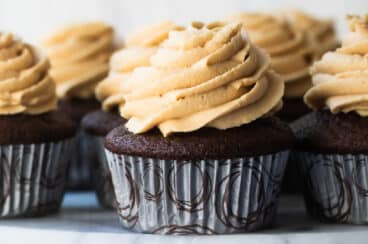
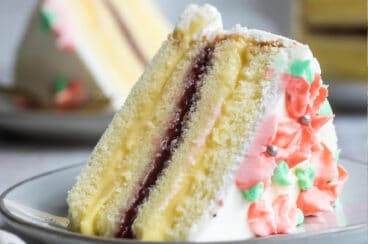
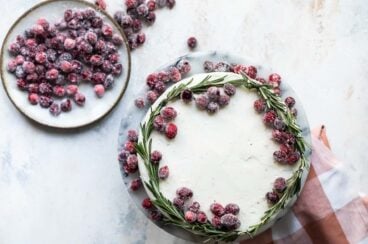
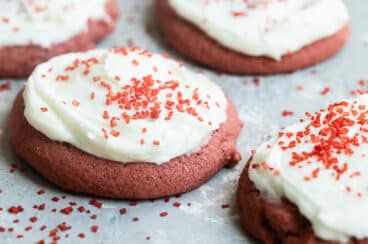
Is it two sticks of unsalted?
Hi Ashley, yes unsalted butter! – Meggan
Turned out perfectly for my cupcakes!
Hi June, that’s wonderful! I’m glad you enjoyed the frosting! – Meggan